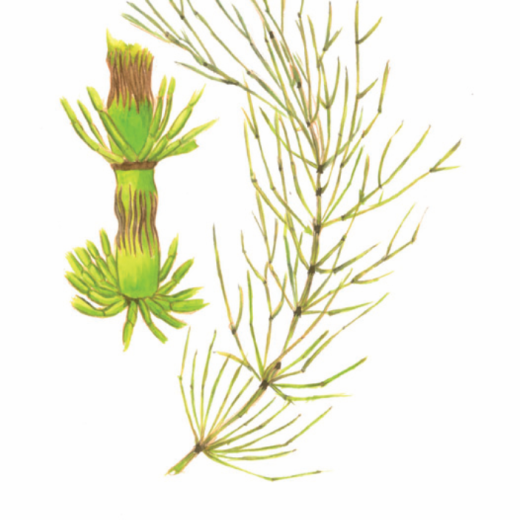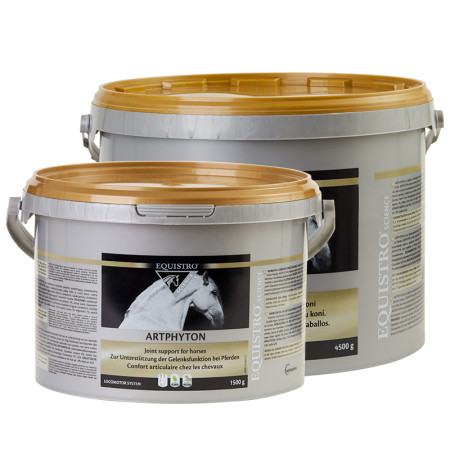
Horsetail (Equisetum arvense)
Description
Horsetail (Equisetum arvense) is a herbaceous plant that reaches heights of up to 50 cm. Pale yellowish stems with a spike of spores at the top form in spring. Later, green shoots grow that are up to 50 cm high.
Properties
All parts of the Horsetail plant contain more than 10% inorganic compounds, two-thrids of which are silicic acid, magnesium, calcium and potassium. It contains significant levels of selenium and manganese. Flavonoids are also abundant including apigenin, luteolin, quercetun and genkwanin.
Possible uses
Horsetail extract is used medicinally to treat connective tissue injuries and to promote healthy hair skin and nails. The essential element, silicon, is present in very large amounts in horsetail. Because silica is essential for growth and healing and is a major constituent of bones, cartillage, connective tissue and skin, Horsetail is recommennded to prevent and treat disorders pertaining to these areas of the body.
Important to know
- In addition to the positive properties of silicon on connective tissue, this component is also said to have an immune-promoting effect (participation in the formation of phagocytes)
- Caution! Horsetail can easily be confused with the poisonous swamp horsetail! Don't collect the plant yourself and feed it to your horse without being absolutely sure about the precise plant genus!

